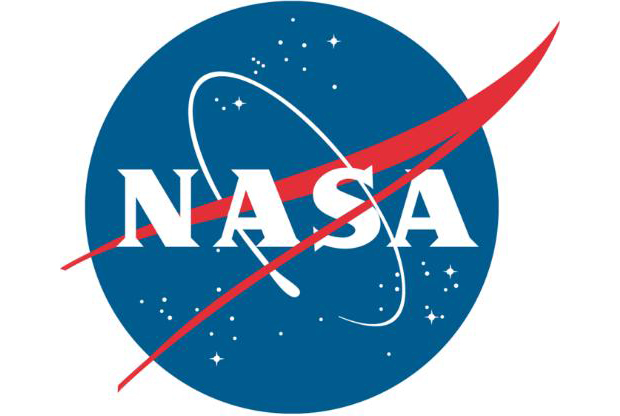Small Businesses Provide NASA with High-Tech Solutions

Sometimes, smaller is better. At least that’s what NASA thinks.
The space agency has entered contract negotiations with 27 small businesses to help meet the critical research and technology needs of agency programs and projects.
The proposals have a combined value of approximately $16.2 million. Proposals were submitted by 27 high-tech firms in 18 states. Those companies are partnering with 24 research institutions in 19 states. Negotiated individual awards, each with a value of up to $600,000, will be given for research projects for a span of two years.
The program's innovations address specific technology gaps in NASA missions, provide a foundation for future technology needs, and complement other agency research investments, NASA said in a statement.
The proposals are included in Phase 2 of NASA's Small Business Technology Transfer program. The agency's Office of the Chief Technologist manages the program as part of its focus on emerging technologies and efforts to advance technological innovation for NASA and the government.
"Through programs like this, NASA is investing in innovation in America's small businesses and universities," said NASA chief technologist Bobby Braun at the agency's headquarters in Washington.
"There is no shortage of technological innovators in this country; we simply need to invest in them. Investing in research and technology, the U.S. will not only extend its technological superiority, but also will stimulate our economy, creating new high-tech jobs, products and services all across our country."
Breaking space news, the latest updates on rocket launches, skywatching events and more!
Some of the innovative technologies that will be provided by these companies include:
- Information technologies that enable planetary robots to better support human exploration.
- Advanced space power and propulsion technologies that will result in durable, long-life, lightweight, high-performance space power and in-space systems to fulfill the nation's exploration goals.
- Modern computational fluid dynamics codes to solve fluid motion equations and enhance the modeling required for a wide range of NASA missions, including subsonic commercial aircraft, rotorcraft, supersonic and hypersonic vehicles and planetary exploration vehicles.
The program provides qualified small businesses, including women-owned and disadvantaged firms, with opportunities to propose innovative ideas that meet specific research and development needs of the federal government. The program requires a collaborative research effort between small businesses and research institutions.
The criteria used to select the winning proposals included technical merit and innovation, Phase I program results, value to NASA, commercial potential and company capabilities.
NASA is required by statute to reserve a portion of agency research and development funds for awards to small businesses. NASA works closely with the Small Business Administration to ensure compliance with federal regulations related to the program.
This story was provided by BusinessNewsDaily, a sister site of SPACE.com. Visit SPACE.com for the latest in space science and exploration news on Twitter @Spacedotcom and on Facebook.

